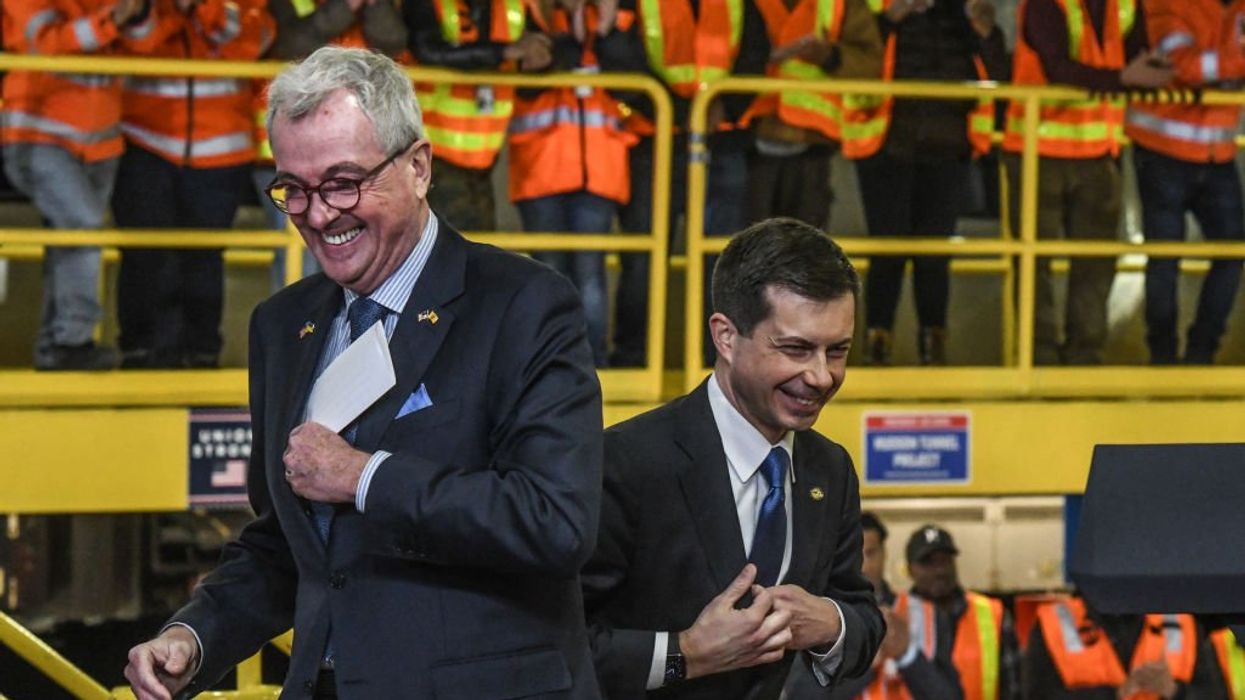
© 2024 Blaze Media LLC. All rights reserved.
The tunnel would cross the International Date Line, changing clocks by nearly a full day.
The U.S. and Russia have cooperated in space, and now the two countries are adding high seas to the mix, having set their minds on connecting the Eurasian and American continents via an underwater tunnel in the Bering Strait according to Russia Today.
Originally conceived in 1906, during the rule of the last Russian Czar, Nicholas II, the project had been deemed unrealistic by many, and put on hold by world wars and revolutions, but now seems to have recaptured the hearts of businessmen on three continents. The tunnel is expected to be twice the size of the Channel Tunnel connecting Britain and France. The 65 mile giant would be the key component of a 3,700 mile railroad reaching from Yakutsk, Russia to Canada's British Columbia.
Russia Today adds:
“The project is already underway,” said an official from the Russian Ministry of Economic Development, Viktor Razbegin. “The rail track to Yakutsk that we have been building for the past 15 years has always been seen as the first part of the road. It will be finished in just about a year. However, the most important is the political decision which hasn't been taken yet. There are multiple countries involved, and it will be hard.”
If finally approved, the ambitious project will demand a tremendous effort that will make use of Russian, American, Japanese and Chinese human and natural resources.
As of now, neither Alaska nor Siberia have railway links that reach the extremes of their respective territories.
Tourists are expected to appreciate the opportunity to travel overland from Europe to New York City. The journey through the whole range of different climates would be both spectacular and educational. It would also save travelers time – the tunnel would cross the International Date Line, changing clocks by nearly a full day.
Of course, the tunnel would also play a significant role in the transportation of raw materials from inland Siberia to the US and beyond, with the potential for freight rail to carry up to 100 million tons annually. The tunnel could also be used to develop a link between North America and Asia in terms of renewable energy transmission.
According to various estimates, the project will cost anywhere from $30 billion to $65 billion, and would be paid off over the next 15 years. The epic project could be completed by 2045.
Want to leave a tip?
We answer to you. Help keep our content free of advertisers and big tech censorship by leaving a tip today.
Want to join the conversation?
Already a subscriber?
more stories
Sign up for the Blaze newsletter
By signing up, you agree to our Privacy Policy and Terms of Use, and agree to receive content that may sometimes include advertisements. You may opt out at any time.
© 2024 Blaze Media LLC. All rights reserved.
Get the stories that matter most delivered directly to your inbox.
By signing up, you agree to our Privacy Policy and Terms of Use, and agree to receive content that may sometimes include advertisements. You may opt out at any time.



